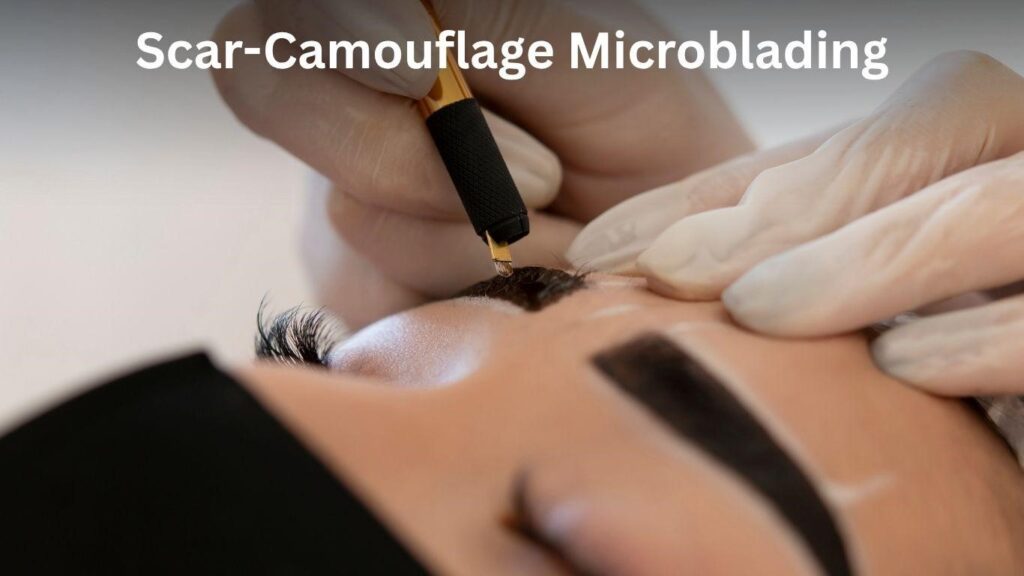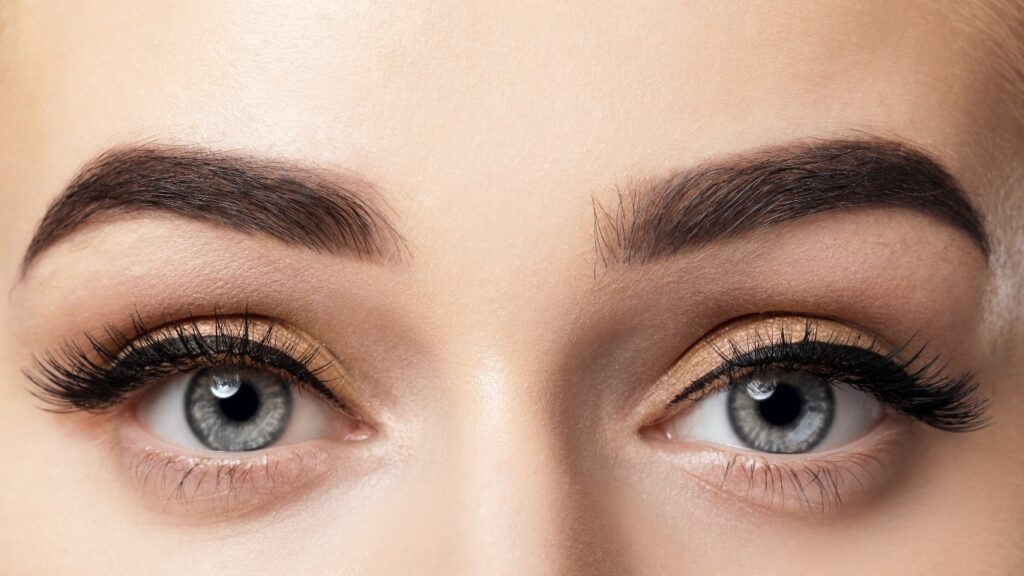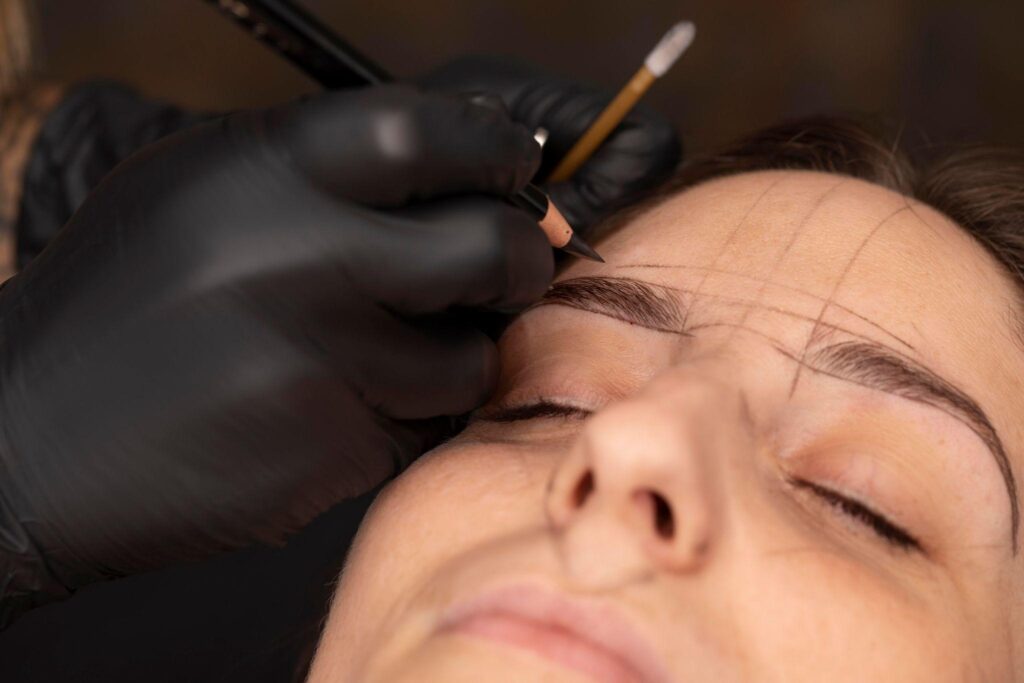
Scar-camouflage microblading is a specialized cosmetic procedure designed to reduce the visibility of scars by blending them with the surrounding skin or hair-bearing areas. Using fine, controlled pigment implantation, this technique helps restore a more natural appearance to regions affected by surgery, injury, or trauma. While microblading is often associated with eyebrow enhancement, its use in scar camouflage has expanded as practitioners refine color theory, precision tools, and skin-healing knowledge.
Scar-Camouflage Microblading: 10 Facts

Scar tissue forms as part of the body’s natural healing process following injury to the skin. Unlike healthy skin, scar tissue often lacks normal pigmentation, uniform texture, and elasticity. These characteristics can create visible contrast between the scar and surrounding skin, especially in areas where hair growth patterns are disrupted. Because of these structural differences, scar tissue can absorb and retain pigment differently, making proper assessment and technique essential for safe and natural-looking results.
Types of Scars Addressed
Scar-camouflage microblading can be used on various types of scars, provided they are fully healed and stable. Common cases include:
- Surgical scars, including those from cosmetic or reconstructive procedures.
- Injury or trauma scars, where the skin has healed unevenly or with pigment loss.
- Hair transplant donor or recipient site scars, often on the scalp or brow area.
- Minor burn scars, where the surface is smooth but lacks pigmentation.
- Localized eyebrow-area scars, where microblading can restore the appearance of natural hair growth.
Candidacy and Assessment
Not all scars are suitable for microblading. Ideal candidates have scars that are flat, light in color, and fully healed for at least one year. Raised, keloid, or discolored scars may not respond well to pigment implantation and may require medical treatment before cosmetic intervention. A professional assessment is critical to evaluate the scar’s texture, depth, and underlying vascularity. Clients with active skin conditions, bleeding disorders, or sensitivities to pigments should obtain medical clearance before proceeding.
Procedure Overview
Scar-camouflage microblading begins with a detailed consultation and color analysis. The practitioner matches pigments to the client’s skin tone or natural hair color, ensuring the final result harmonizes with the surrounding area.
The treatment area is then mapped to define symmetry and blending zones. Using a sterile, handheld microblading tool with fine needles, the practitioner creates micro-incisions in the skin and deposits pigment into the upper dermal layer. This process may be repeated in thin layers to achieve subtle gradients and realistic texture.
Because scar tissue can be more resistant or absorbent than normal skin, the practitioner must adjust pressure and technique carefully. The goal is to minimize contrast without over-depositing pigment, which could create uneven coloration.
Healing and Aftercare
Following the procedure, mild redness, tenderness, or swelling are common and typically subside within a few days. Initially, the treated area may appear darker due to pigment oxidation and healing. Over the next 7–14 days, the skin begins to scab and exfoliate naturally, revealing a softer and more natural tone.
Proper aftercare is crucial for optimal healing. Clients are advised to:
- Keep the area clean and dry for the first few days.
- Avoid excessive moisture, sweating, and direct sunlight.
- Refrain from scratching or peeling scabs.
- Apply any recommended ointments as directed.
Complete healing generally occurs within four to six weeks. A follow-up session may be scheduled to refine color balance or add definition once the skin has fully recovered.
Results and Longevity
Results vary based on scar characteristics, skin type, and lifestyle factors. Pigment typically lasts one to three years before gradually fading. Touch-up sessions help maintain color consistency and overall appearance. Because scar tissue may metabolize pigment differently, some clients may require more frequent maintenance compared to standard microblading procedures.
Risks and Safety Considerations
Although scar-camouflage microblading is minimally invasive, it carries some risks. Potential complications include infection, allergic reaction, pigment mismatch, or uneven color retention. Selecting a qualified practitioner trained in both microblading and paramedical tattooing is essential.
Strict adherence to hygiene standards and the use of sterile instruments reduces the risk of infection. Clients should also disclose any medical history that may affect healing, such as autoimmune conditions, diabetes, or recent surgeries.
Comparison to Related Techniques

Scar-camouflage microblading differs from paramedical tattooing, which typically involves deeper pigment placement and broader color blending to match skin tones. Microblading focuses on creating fine, hair-like strokes, making it especially useful for areas like the eyebrows or scalp.
Other treatments, such as microneedling or laser resurfacing, aim to improve skin texture and stimulate collagen production rather than altering color. In many cases, these therapies can complement microblading by preparing the skin for better pigment retention.
Ethical and Professional Considerations
Practitioners have an ethical responsibility to provide clear information about expected outcomes, limitations, and maintenance requirements. Clients should be informed that scar camouflage is a form of improvement, not complete erasure. Transparent communication and informed consent are vital to ensuring realistic expectations and client satisfaction.
Additionally, scar concealment often has psychological significance. For many people, reducing the visibility of a scar contributes to improved confidence and body image. Practitioners should approach this aspect of treatment with sensitivity and professionalism.
Conclusion
Scar-camouflage microblading represents a blend of artistry and science, combining an understanding of skin anatomy with precision pigmentation techniques. When performed by a trained professional, it can effectively minimize the visibility of scars and restore natural symmetry. As with all cosmetic procedures, patient education, safety, and realistic expectations are central to achieving successful outcomes.
Scar microblading healing and results overview
Healing and results of scar microblading
Scar microblading aftercare instructions